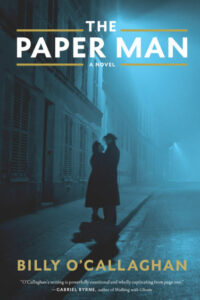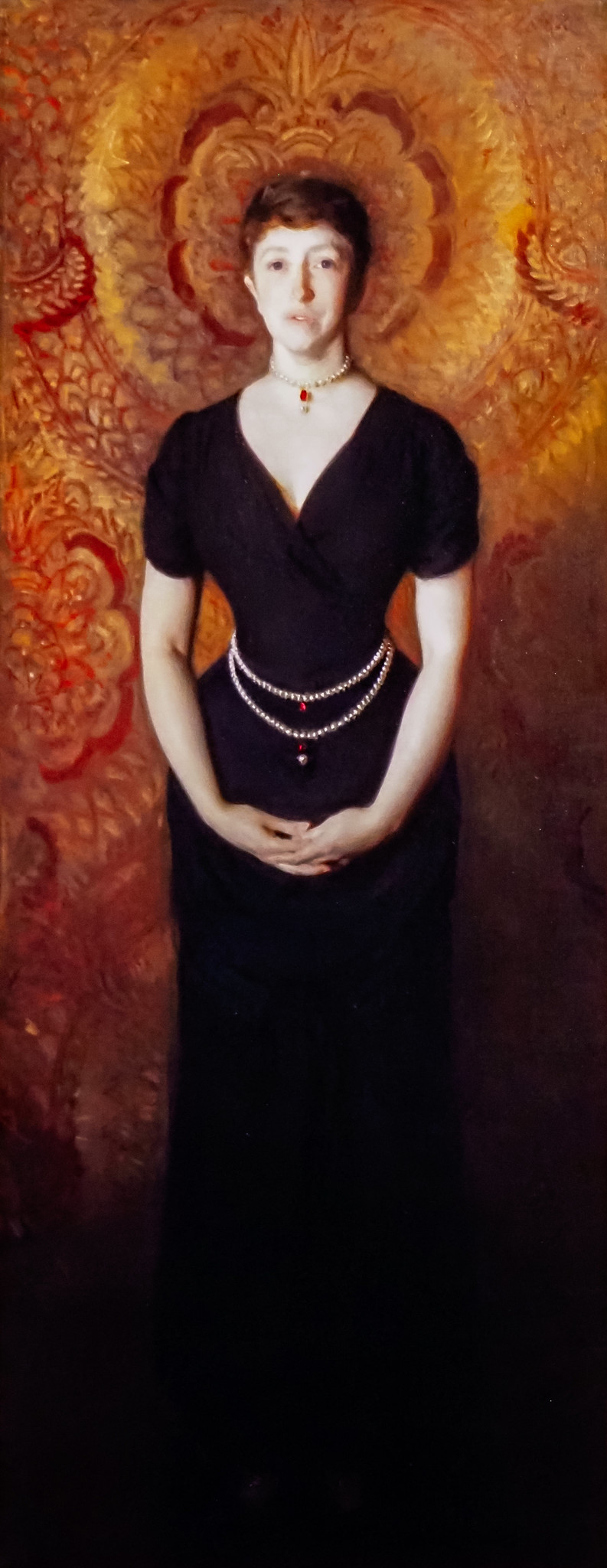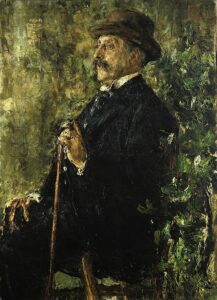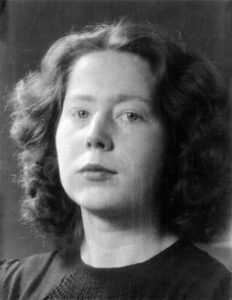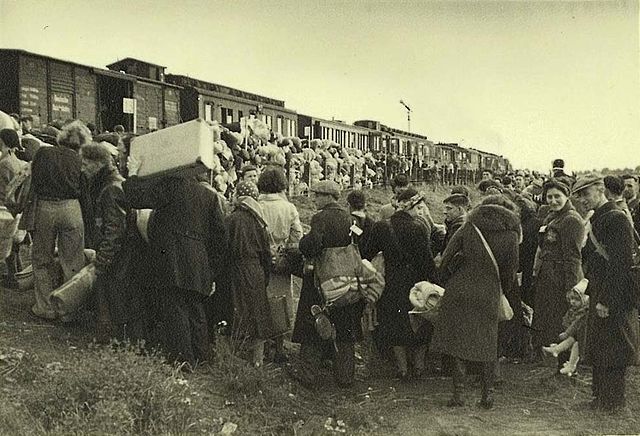
Honoring JUNETEENTH
What you lose and gain by Passing, a phenomenon of racism (Tobacco country, North Carolina 1934 – 1955; LA, California 2017, 2018): What does it mean to “pretend to be White”? “What is being White as opposed to being Black”?
Elise St. John, a light-skinned black movie star up for an Academy Award for Best Actress, asked these questions to her soon no-longer manager and chilly relationship with her childhood best friend Rebecca, who’s not pleased with her only client’s social media platform supporting the Black Lives Movement.
Crystal Smith Paul bursts onto the literary stage with a captivating, penetrating, provocative historical novel about running away from, or embracing, black racial identity. Did You Hear about Kitty Karr? delves into the racial phenomenon of Passing, inventing another fair-skinned black Hollywood actress, this one legendary, who turned her racial deception into a full-blown, “crossing over” never-to-return to her Southern black roots. Was it “easier when she never had to see her own kind”? “Pretend that they didn’t exist, that she wasn’t missing anything”?
Beneath the façade, Kitty Karr, born Mary Magdalene, missed a lot.
This is both a story of what Kitty Karr outwardly gained – opportunity, fame, fortune – and a psychological dive into what she missed on the inside. What happens to her soul? is the existential question. The mental anguish, loneliness, feelings of isolation and shame no one sees. The longing for kinship, belonging, black culture causing: “An insecurity in her that became the undercurrent of her soul.”
This is a novel with a soul. The conflicted soul of a black woman. There’s a great line in the novel – one of many – justifying Passing as long as you don’t believe Whites are better. A central question for us is: Can we justify what Kitty Karr has done? Will the soul of Black America and its sorrowful history of systemic racism traced nearly a century, artfully folded into plotlines and mysteries, help make up our minds?
Soulful music drifts through the 400 pages, by casting Elise St. John’s father as a soul musician/music producer. Barry White’s “Just the Way You Are” cited, touching the soul with beautiful lyrics and profoundness, much like the novel’s potent message: the color of your skin is NOT who you are.
Mary/Kitty Karr’s emotional story is told through the voices of two pale-skinned black female actresses – one who Passes forever, the other doesn’t – enabling us to bear witness to a story of racism through much of the 20th century alongside Elise’s day-by-day, morning and afternoon, month-long 2017 voice (with an epilogue of sorts in 2018) that shows the reckoning with racial discrimination broadly and up-close.
Mary’s story starts off staying fairly close to childhood months and years, but when she takes her first leap into Passing (on a cross-country train trip that lands her in Hollywood in 1955) her story starts skipping years, so we have a wider picture of how she evolved into a Hollywood icon. We first hear her voice in 1946, but her racial identity begins in 1934 with an ancestral lens into the violence, brutality, terror of what the lack of freedom and oppression wrought. Mary’s ancestors were slaves; her grandmother and mother as a young girl sharecroppers, “a form of slavery” (see video below) after the Civil War; and Mary grew up under Jim Crow laws.
The author, biracial, thanks her parents in her Acknowledgements “for the freedom to be me.” Did Kitty Karr find Freedom by Passing? According to Stanford University Professor and Director of African and African American Studies Allyson Hobbs in her 2014 book, A Chosen Exile: A History of Racial Passing in American Life: “To write a history of passing is to write a history of loss.” Paul, though, shows us there’s more than one side to this complex issue.
DNA studies confirm what we already know. Trauma is genetically passed down through generations. To what extent hereditary makeup influences the experience of racism parallels the Nature vs. Nurture question. Racial trauma is not disputed. It’s the gray-sided fallout of Passing/Crossing that’s explored.
Setting a chunk of the novel in one of the most exclusive, residential enclaves of gated mansions tucked into the hills of the Santa Monica Mountains overlooking Los Angeles – Bel Air – speaks to the grandiosity of the private lives of Kitty Karr and the St. Johns. Next-door neighbors, in fact. “La La Land” was also a place Mary dreamed of in the movie theaters with another light-skinned black friend, sister-like Emma, escaping the South’s sizzling heat. Sizzling one way to describe the heat of this novel.
“Beauty and talent” lighten the seriousness of racism, making the novel sparkle. Almost as if Paul deceives us by creating such an entertaining novel, while she deftly bores into America’s institutional racism.
Opening with Kitty Karr’s death, the biggest fictional mystery is why she willed her $600 million estate to the multi-millionaire St. Johns? Why direct Elise, much younger than her, to handle the dismantling of her entire estate and her memorial? Why not her mother, Sarah, also a famous actress closer to Kitty’s age than Elise’s? Who leaked this bombshell luring the media and paparazzo? Why is Sarah acting so anxious?
Paul drops subtle clues, but you must keep your detective cap on to notice and connect the dots ratcheting up the intrigue.
Elise has two younger sisters. Giovanni is a TV star in Canada. The youngest, Noele, studying law, far away from the delusions of Hollywood at NYU, one of Paul’s alma maters where she earned an advanced degree in journalism. A graduate of the esteemed Spelman College in Atlanta, one of America’s Historically Black Colleges and Universities (HBCU), Paul also attended UCLA’s School of Theatre, Film and Television. Living in Los Angeles, she comes across as also schooled in the vibes of Hollywood. Paul draws well from the diversity of her experiences.
Black culture in literature and the arts provides another level of richness to fiction that feels so real because it tells truths. Too many to cite, but some highlights that echo throughout:
Martin Luther King’s celebrated words in his stirring 1963 “I Have a Dream” speech that people not be judged by their skin color but by the content of their character. America turned out in droves for the Civil Rights March in Washington, DC:

Nella Larsen’s 1929 literary classic Passing adapted into the 2021 Netflix movie Passing. Set during the Harlem Renaissance, the story about two light-skinned women, one who passed and the other who didn’t. “All of us are passing for something or other,” says the black woman, shocked and then tantalized upon meeting her long-ago black friend now pretending to be white, either to justify her actions or express perceptiveness and cynicism about the human race.
W. E. B Dubois’ 1903 Souls of Black Folk concept of “two-ness” in navigating the White world by feeling black on the inside, acting white on the outside is the elusiveness of Kitty Karr. Will she show us she hasn’t lost sight of who she is?
Bathroom segregation by color is akin to today’s bathroom segregation efforts by sexual identity. A loss of “dignity and respect.”
Sidney Poitier was the first black man to win an Oscar for Best Actor in 1964. Yet it wasn’t until 2002 that a black woman was celebrated the same. Halle Berry’s voice echoes too.
You will be affected by how Kitty Karr overcomes.
Lorraine
